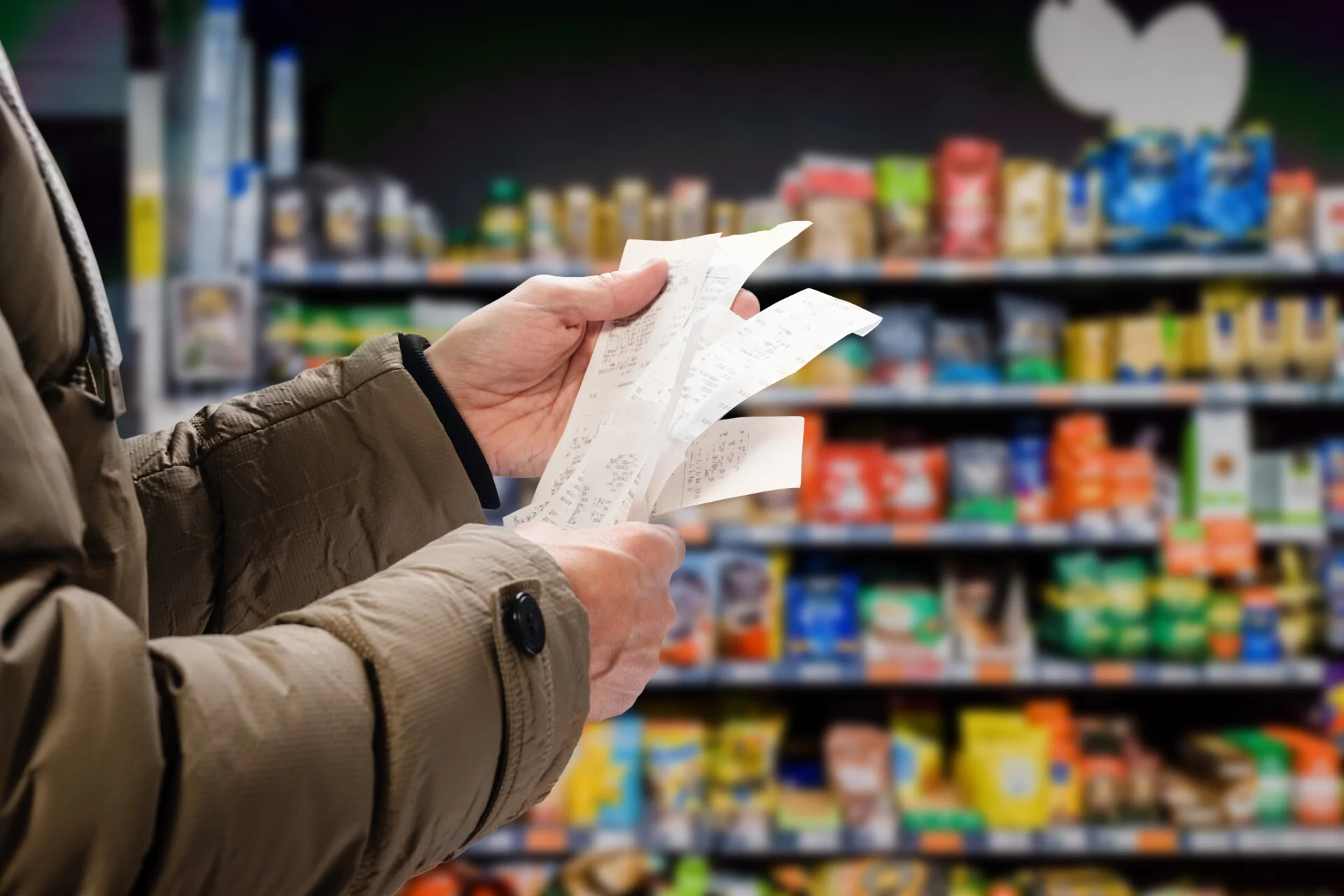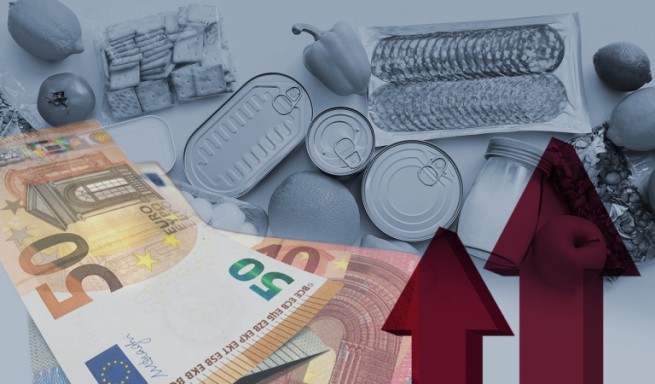The wounds of a decade of economic crisis and political memorandums continue to hurt and bring suffering to Greek households.
Even though incomes and, as a result, consumer spending have increased in recent years, the gap compared to 2008 is still large. “And this phenomenon is directly related to the survival of trade,” said Mr. Georgios Karanikas, President of the Hellenic Confederation of Trade and Enterprise (ESEE), during the presentation of the annual Greek Trade Report 2023, carried out with the assistance and research contribution of the Institute of Trade and Services (INEMY).
Food inflation: the impact of rising prices on incomes
In 2008, before the crisis, more than 1 in 3 households (35%) had a monthly income above 2801 euros; now 23% of citizens fall into this income category.
Conversely, the share of households with the lowest incomes (up to €1,100 per month) from 15.4% in 2008 now exceeds 19%, and although their share of the total number of Greek households has decreased significantly in the two years 2021-2022, this element indicates an improvement in the income situation as a whole.
The decline in disposable income had a real impact on average monthly consumer spending, but also on another distribution: households spent more priority to food by reducing the purchase of clothing, shoes and large household appliances.
In particular, between 2008 and 2022, total monthly expenses decreased by approximately 24.4% (from 2117.6 euros to 1600.34 euros), which appears to be largely due to the domestic devaluation policies implemented during economic crisis, but also subsequent crises (health care, energy).
Additionally, while 2019 saw an increase in monthly spending, losses in consumer spending in the first year of the pandemic (2020) kept average total monthly spending below 2018 levels.

Even the observed 6.6% upward trend in spending in the second year of the pandemic crisis (2021) does not appear to offset 2020 losses, as total monthly spending in 2021 lags so far behind 2019 spending as well as 2018 spending.
In contrast, spending increased significantly in 2022 by 12.72% compared to the previous year. However, this increase should include the fact that inflation rose to 3.5% in 2023.
Food & clothing, shoes and appliances
Total household consumption expenditure on food and non-alcoholic beverages, as a percentage of total expenditure, is showing a significant upward trend. If in 2008 the share of food expenses was 16.4%, then over the decade (2018) it increased by 3.7%. The upward trend in food costs continued throughout the two years of the pandemic crisis: its rate reached 23.1% (2020) and almost 22% (2021). In 2022, a decrease of 1.1% was recorded.
In 2008, we spent an average of 8.22% of our monthly expenses on clothing and shoes, and by 2022, this percentage has dropped by almost half (4.83%). The picture is similar in the home appliance markets. In 2008, monthly expenses for the purchase of household appliances corresponded to 0.79% of total average monthly expenses, falling to 0.63% in 2018 and even more in 2021 (0.59%), showing a slight increase in 2022 to 0. 62%.







More Stories
Greece: growth in deposits from households and businesses in March 2024
How much will it cost a Greek family to celebrate Easter?
EU employment record: Greece "stuck" in a low position